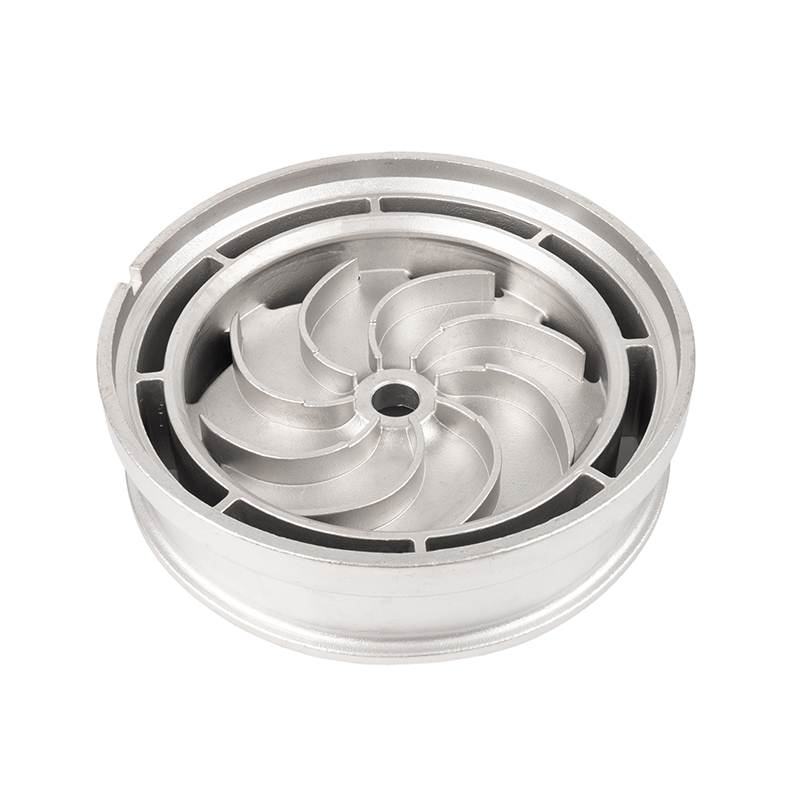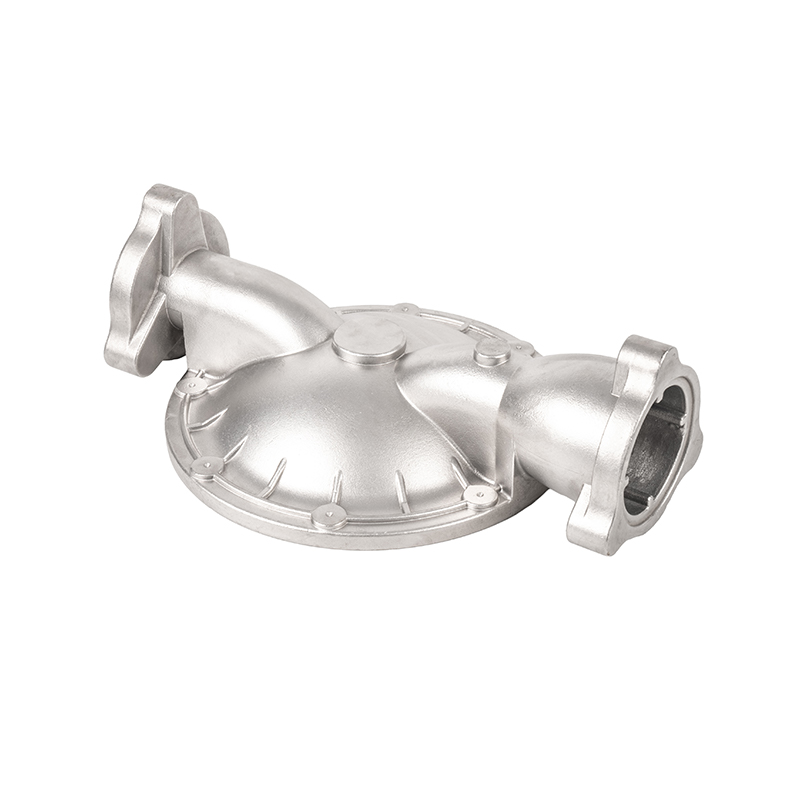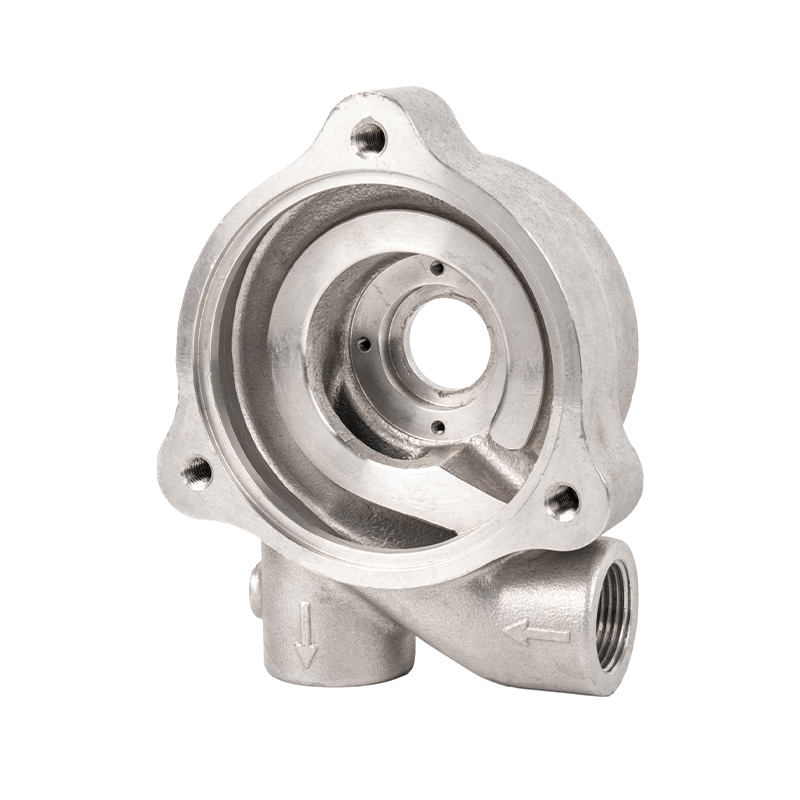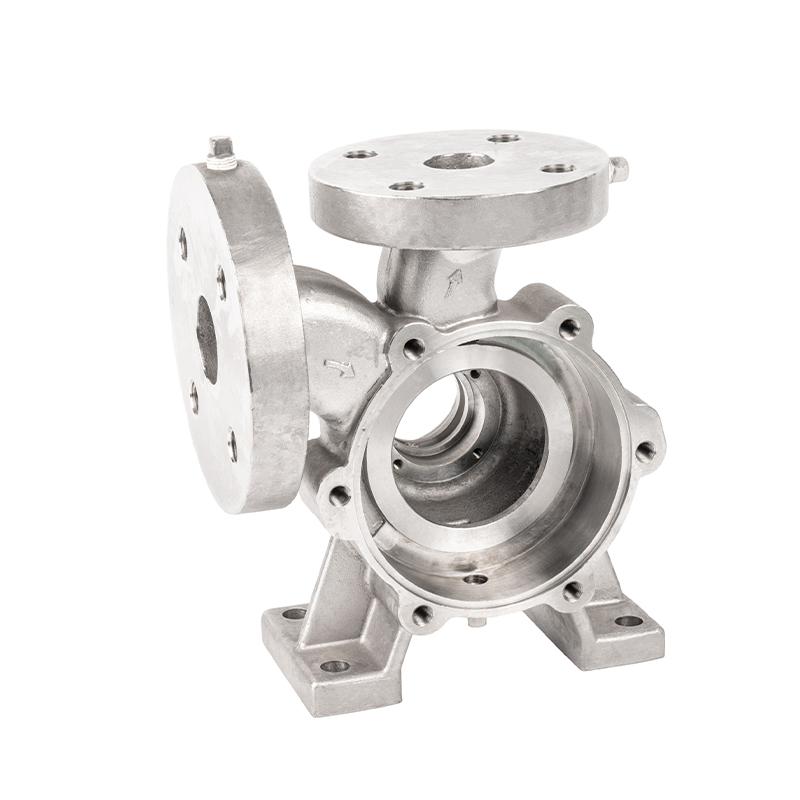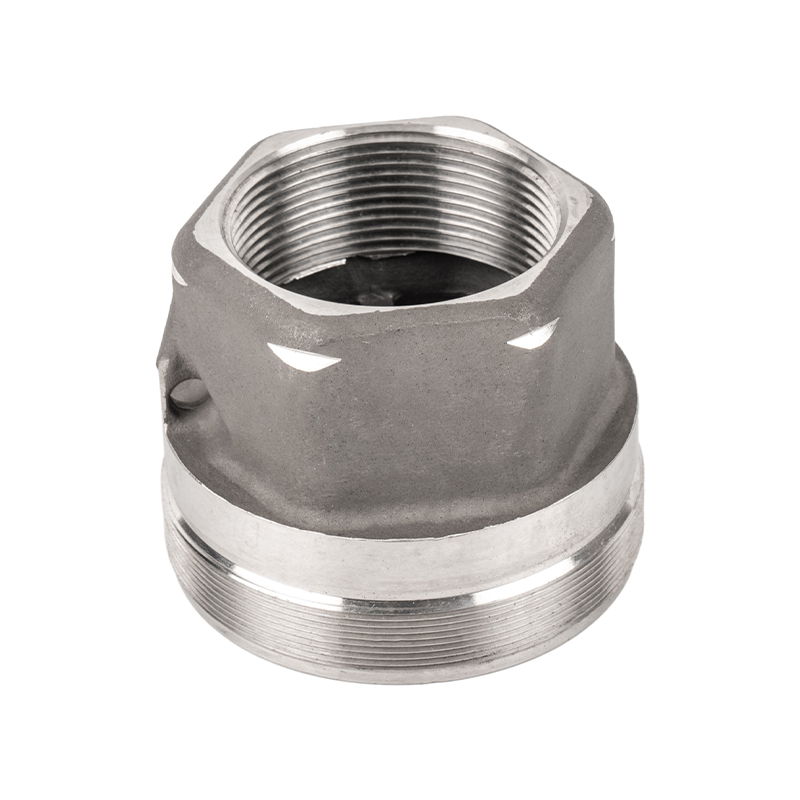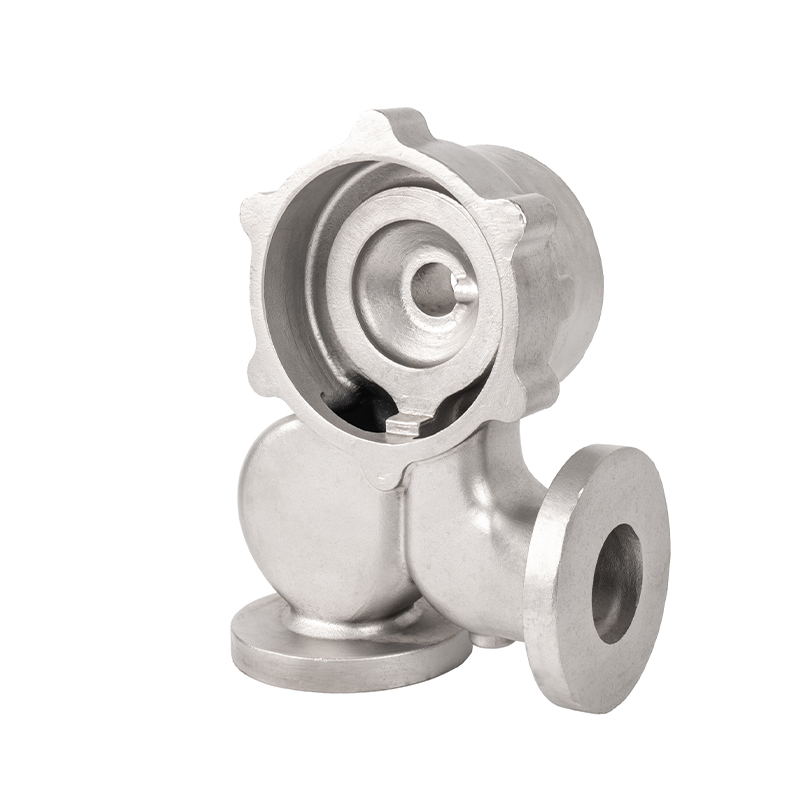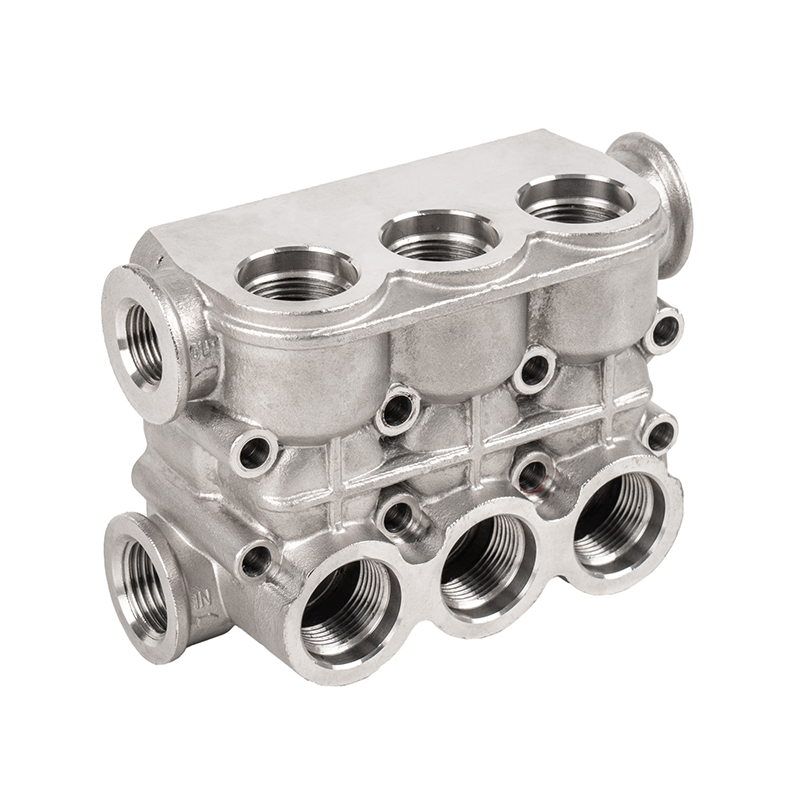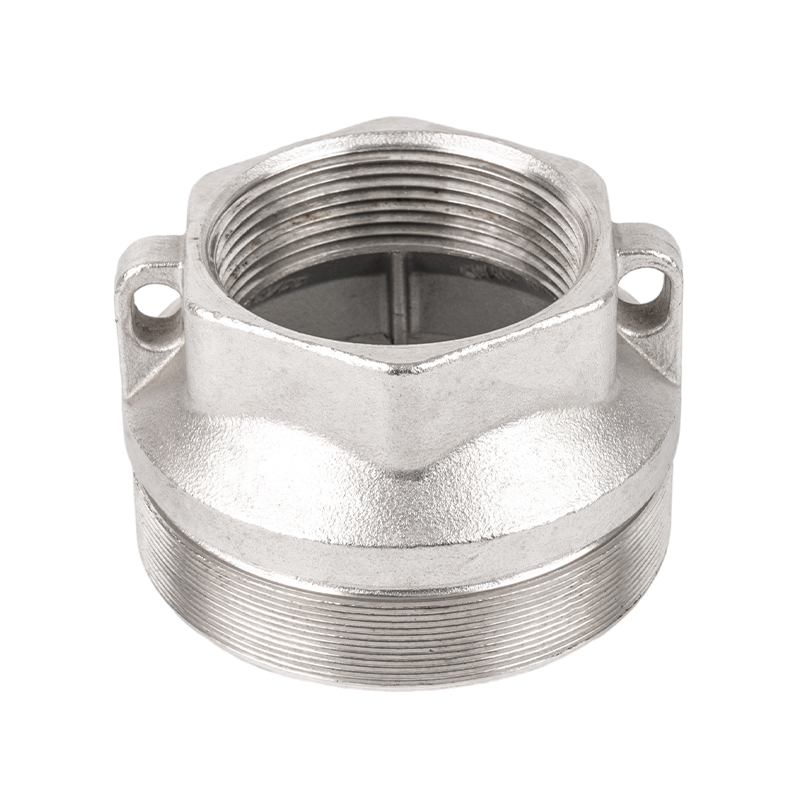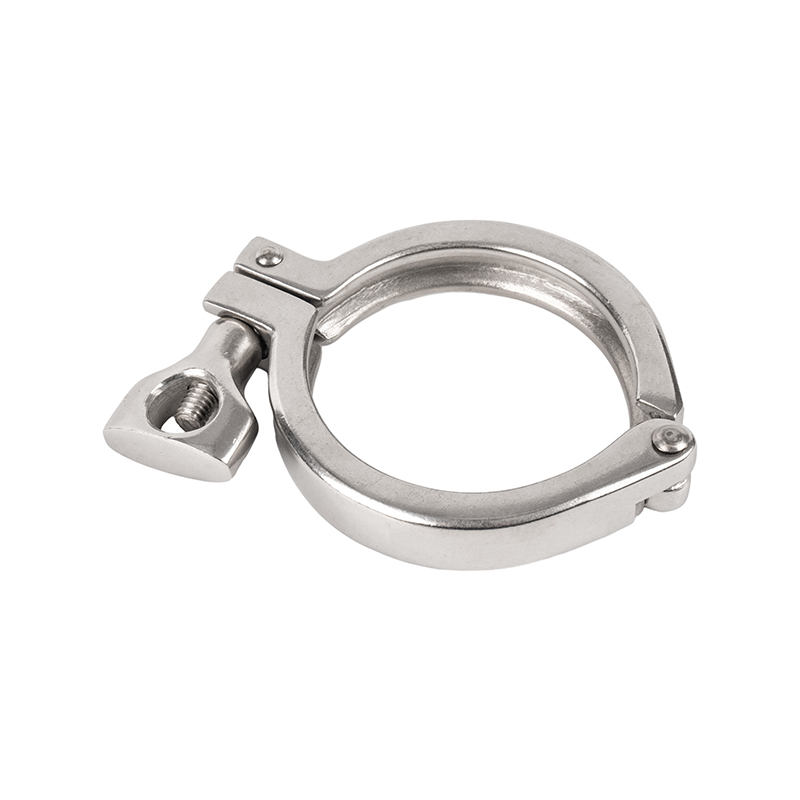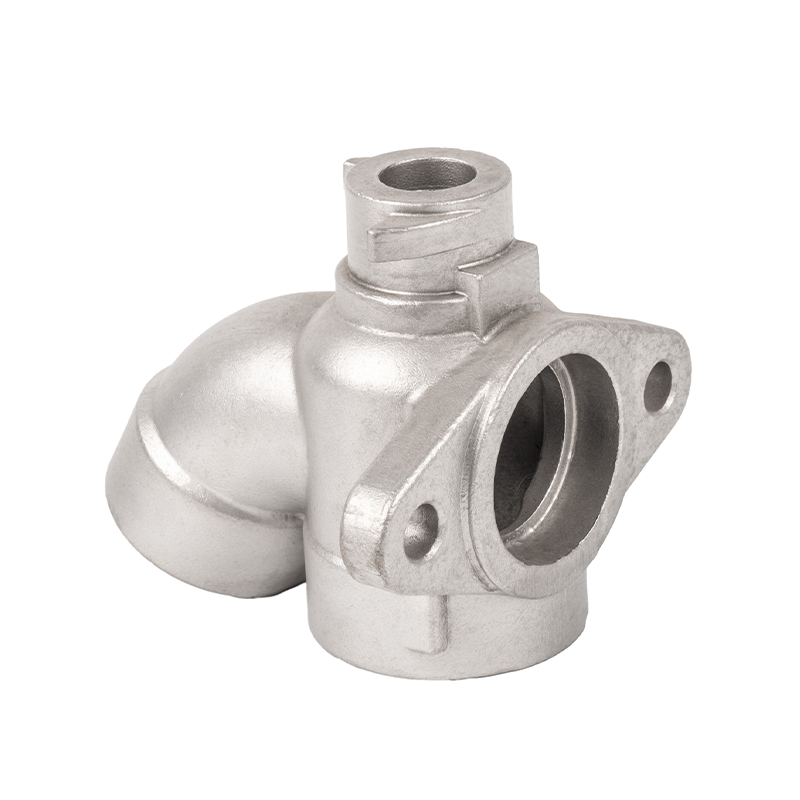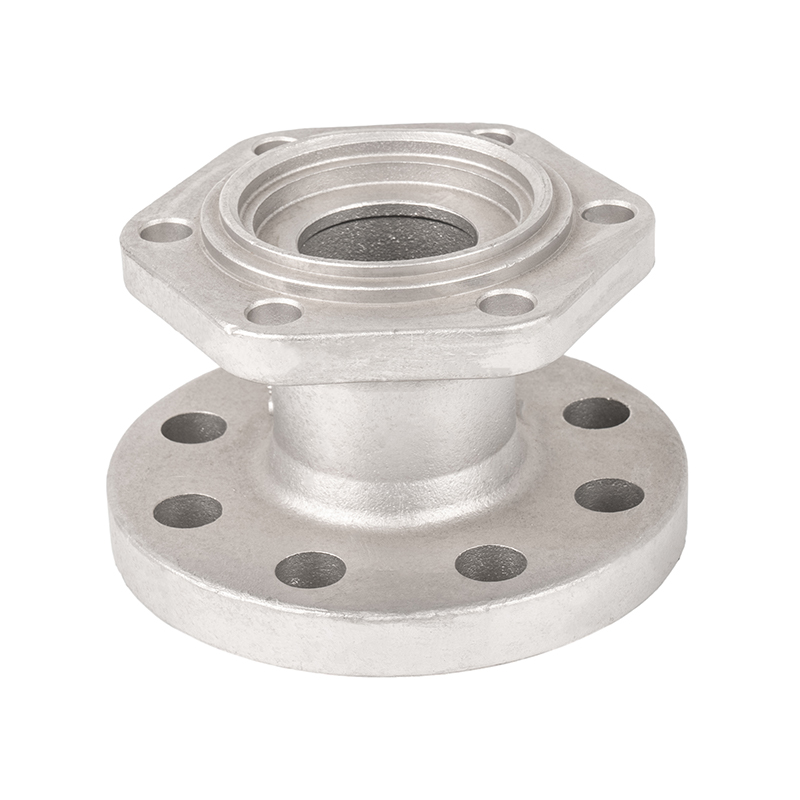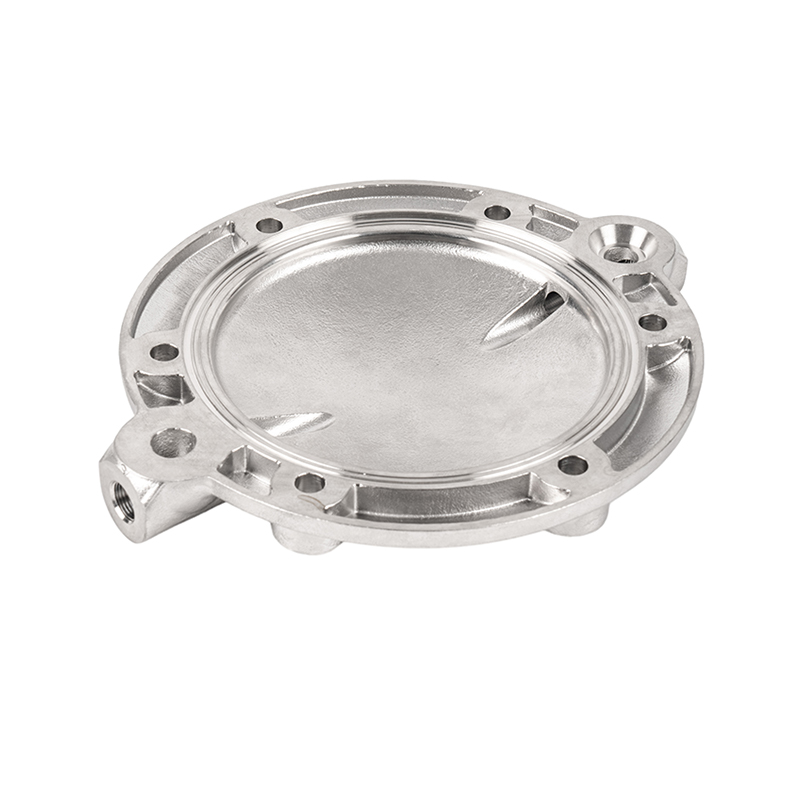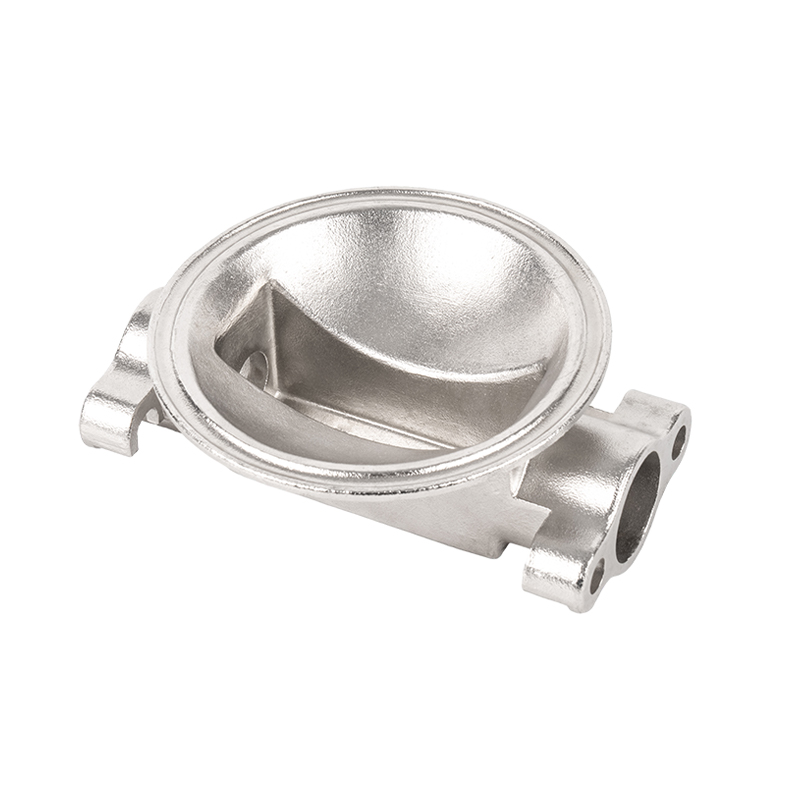What are the precautions for the cooling and solidification process of swirl impeller castings
As the core components of high-speed rotating machinery, Swirl Impeller Castings have complex geometric structures, high casting difficulty, and extremely high requirements for organizational density and mechanical properties. In the entire casting process, the cooling and solidification stages play a decisive role. Reasonable control of cooling rate and solidification path can effectively avoid common casting defects such as shrinkage, hot cracking, and coarse organization.
The influence of cooling and solidification process on casting quality
The cooling and solidification stages directly determine the formation process of metal organization. Improper cooling rate may lead to coarse grains, overly long dendrites, and uneven organization. Disordered solidification path or obstructed shrinkage channel are prone to shrinkage and shrinkage defects. For Swirl Impeller Castings with complex structure and uneven wall thickness, it is particularly necessary to control the overall cooling balance and local temperature gradient.
Control sequential solidification to ensure effective shrinkage
The hub part of the vortex impeller is usually the thickest area of the casting, with large heat capacity, slow cooling, and easy to form hot nodes. If effective shrinkage is not performed, central shrinkage will occur in this part. A well-designed riser system is the basis for achieving sequential solidification. The following measures are recommended:
Arrange an insulating riser at the junction of the hub and the blade root to keep the shrinkage feeding channel unobstructed;
Optimize through the riser hot node simulation analysis software to ensure that the molten metal always solidifies from the far end to the riser;
Add a drainage riser to guide the high-temperature molten metal to the area that needs to be fed first to reduce internal looseness.
Use chillers to adjust local cooling speed
The solidification speed distribution of vortex impeller castings is extremely uneven due to thin blades and thick hubs. In order to control the cooling balance, chiller technology can be used to adjust the local temperature gradient:
Place copper or cast iron chillers around the hub and under the hot node to increase the cooling rate and shorten the solidification time;
Avoid using chillers in the thin-walled blade area to prevent thermal cracking caused by excessive cooling;
Control the heat flow direction through the thickness, size and layout of the chiller to achieve regional isothermal solidification.
Control the overall cooling curve to avoid thermal stress concentration
Uneven cooling rate not only affects the formation of microstructure, but also may cause thermal stress concentration due to excessive temperature gradient, causing cracks. Special attention should be paid to the overall cooling curve during casting:
Reasonably design the mold material and thickness to ensure uniform heat dissipation in the cavity;
In precision casting, the ceramic shell can be locally preheated or an insulation layer can be set to control the temperature difference between the inside and outside of the shell;
For large castings, it is recommended to use segmented cooling or temperature-controlled furnace cooling to prevent thermal shock and structural deformation.
Refine the thermal node analysis to avoid potential defect areas
The distribution of thermal nodes and potential shrinkage risks can be intuitively identified through solidification process simulation. It is recommended to use numerical simulation tools for preliminary analysis:
Use simulation software such as ProCAST and MAGMASOFT to draw an equivalent diagram of temperature field and solidification rate;
Clear the location of the "last solidification zone" and focus on analyzing whether there is a complete shrinkage compensation path;
Optimize the riser size, chiller layout and pouring system structure according to the simulation results to improve the overall solidification quality.
Controlling crystal structure and optimizing mechanical properties
The cooling process directly affects the grain structure and mechanical properties of the metal. Common materials for vortex impellers, such as stainless steel and duplex steel, are sensitive to cooling speed. The following organizational control measures should be taken:
Use directional solidification technology to guide columnar crystals to grow along the direction of the principal stress and improve fatigue strength;
Control the cooling rate within a reasonable range to prevent the coarsening of the precipitated phase during the transformation of austenite to ferrite;
For high-performance materials, appropriately introduce refiners or trace elements to promote grain refinement.


 English
English Español
Español русский
русский 中文简体
中文简体

